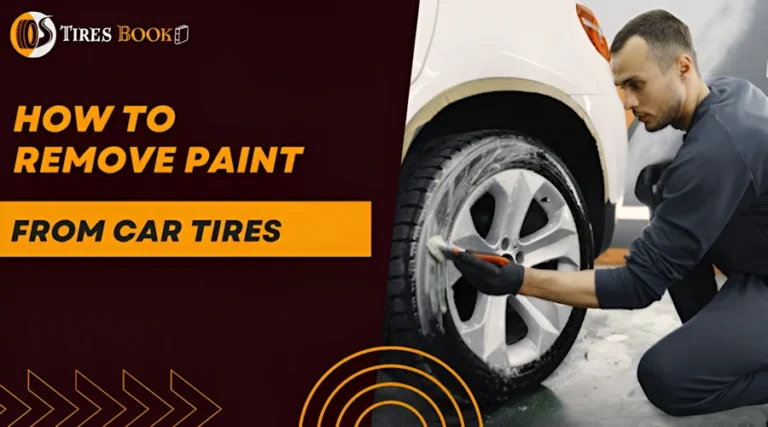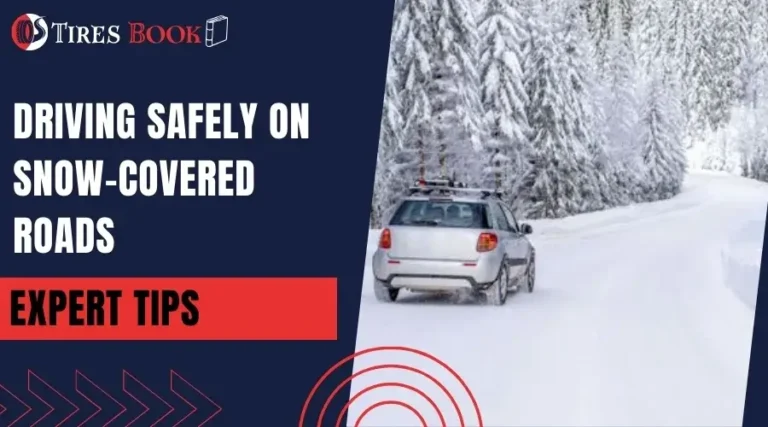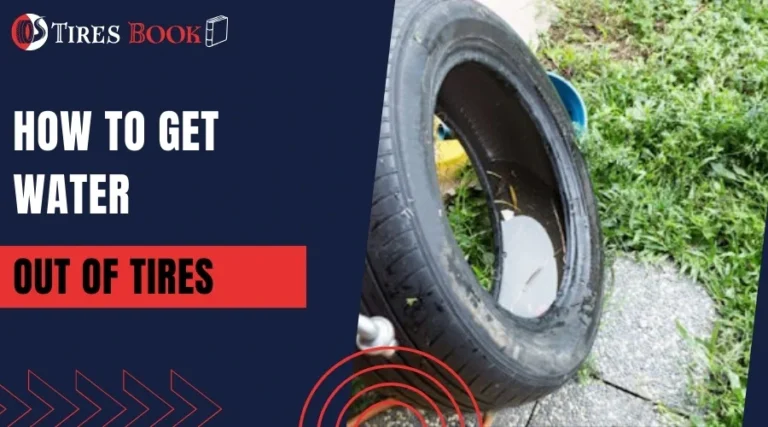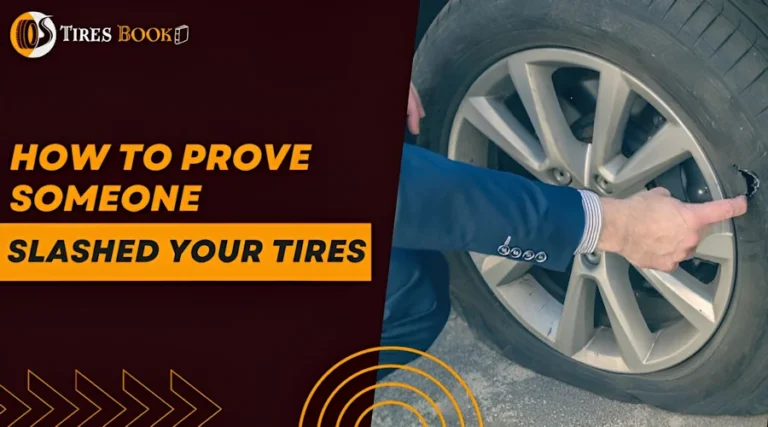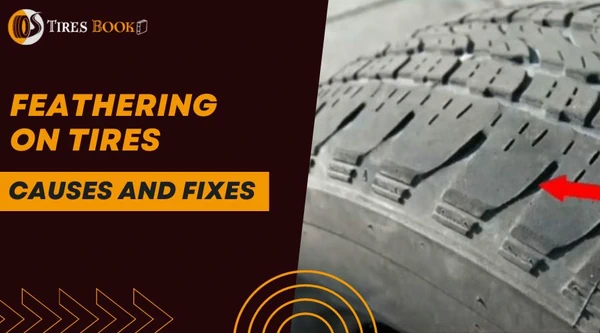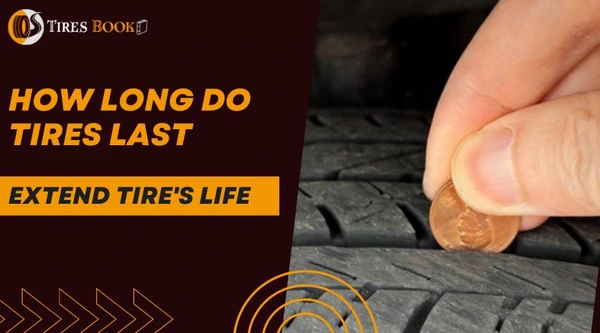Imagine a chilly winter morning, you’re ready to start your day, but your car has other plans. The tires have frozen solid in a thick layer of ice, rendering your vehicle immobile. This scenario is not just a mere inconvenience; it poses a real challenge to drivers during the frosty months.
Dealing with tires trapped in ice requires a blend of knowledge, patience, and the right techniques. This guide aims to equip you with the know-how to tackle this icy obstacle effectively and safely.
Table of Contents
Detailed Strategies to Free Your Car Tires from Ice
If your car tires are stuck in the ice, you can try any of the following strategies to free them up:
- Turning off traction control for better grip
- Shoveling or scraping to clear a path
- Using lower gear for more power
- Move the vehicle back and forth gently
- Applying ice-melting agents
- Deflating tires slightly for a larger contact area
Turning Off Traction Control for Better Grip
When your car is stuck in ice, the traction control system, which prevents wheel spin under normal driving conditions, can actually hinder your efforts to get unstuck. Disabling it ensures both drive wheels work together to gain traction, crucial for getting out of slippery situations.
Shoveling or Scrapping to Clear a Path
Removing snow and ice from around your tires is a fundamental step. This process involves digging out snow from the front, underneath, and behind the tires. This creates enough space for the car to move a few feet. This action helps create a more roughened surface area, providing the tires with more traction.
Alternatively, you can use an ice scraper to remove ice but make sure not to damage the tire or the car’s paintwork.
Using Lower Gears for Controlled Power
Engaging in lower gears like 1st or 2nd gear allows your vehicle to utilize more torque at lower speeds. It gives you better control and power to maneuver out of the icy spot without causing the wheels to spin excessively.
Move the Vehicle Back and Forth Gently
This technique involves shifting between drive and reverse to build momentum. It’s important to do this gently to avoid damaging your vehicle. The idea is to move the car slightly forward and then back, gradually tamping down loose snow and potentially creating enough traction to move out of the icy patch.
Applying Ice-Melting Agents
Using salts or other ice-melting agents can effectively break down the ice around the tires. You can apply de-icer fluids or sprays directly to the icy areas around the tires. These products work by lowering the freezing point of water, thus helping to melt the ice quickly.
Deflating Tires Slightly for a Larger Contact Area
Slightly lowering the tire pressure increases the tire’s contact area with the ground. This broader contact patch can improve grip on slippery surfaces, aiding in freeing your car from ice.
Precautionary Measures to Take When Unsticking Your Car from Ice
Unsticking a car from ice is not just about brute force; it’s about being strategic and careful. Here are some precautionary measures:
- Assess the Situation: Before taking action, assess how deeply embedded your car is in the ice. This will help you choose the most effective method.
- Check Surroundings: Ensure there are no obstacles around your vehicle that could cause damage while attempting to move it.
- Avoid Overexertion: When rocking the car back and forth or using tools, be cautious not to overexert yourself or your vehicle. Sudden movements can cause more harm than good.
- Stay Safe: Always keep your personal safety in mind. If conditions are too harsh or if you’re unsure about a method, it might be better to call for professional assistance.
- Mind the Exhaust: If you’re running the car to use its heat to help melt the ice, ensure the exhaust pipe isn’t blocked by snow or ice to prevent carbon monoxide buildup inside the vehicle.
- Use Tools Carefully: When using tools like shovels or ice scrapers, be careful not to damage the car’s tires or body.
- Be Patient: Sometimes, a bit of patience can be your best tool. Applying de-icing agents and waiting for them to work can be more effective than trying to force the car out of ice.
How to Prevent Your Car Tires From Freezing to the Ice?
Prevention is always better than cure, especially when it comes to frozen car tires. Here are some tips to avoid this predicament:
- Regular Movement: If possible, move your car regularly, even just a few feet back and forth, to prevent the tires from settling into a spot where they can freeze.
- Choose Parking Spots Wisely: Avoid parking in areas where water pools or where snow is likely to accumulate and freeze.
- Dry Your Tires: After driving through water or slush, try to dry your tires before parking overnight, as wet tires are more likely to freeze to the ground.
- Apply Preventive Products: Products like silicone sprays can be applied to tires to create a non-stick barrier, preventing ice from adhering to them.
- Use Snow Chains When Necessary: If you’re parking in a snowy area, using snow chains can not only help with traction while driving but also prevent the tires from freezing to the ground.

